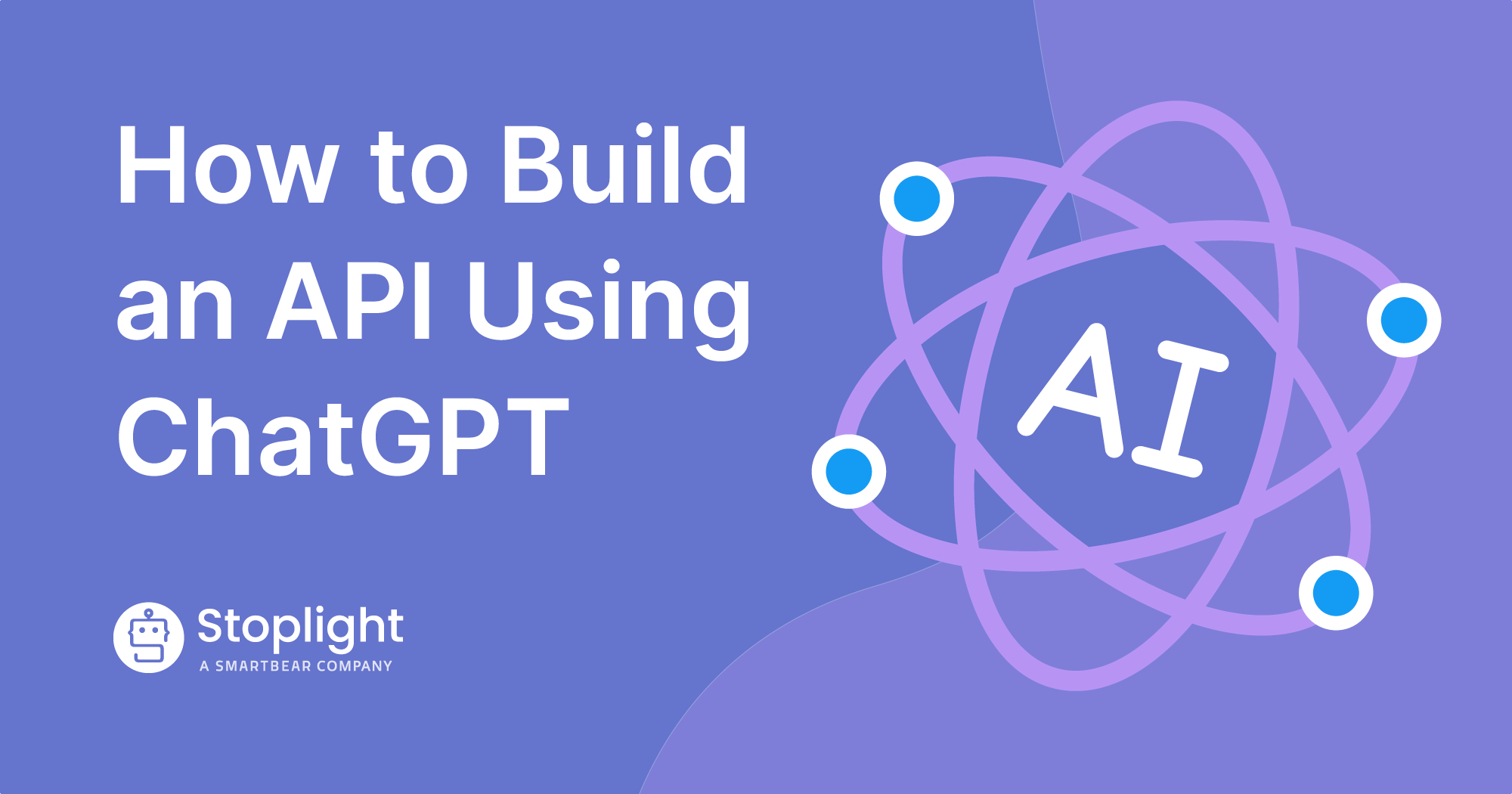Learn more about Stoplight’s open-source tools below.
{{cta(‘052b3e9b-ac14-4aa4-ad4f-d7db24b1760c’,’justifycenter’)}}
APIs are eating the world right now, making an impact in every single industry.
When I look at the companies that are API stars, with successful API programs hitting on all cylinders, there is no discernable industry pattern. While there may be sectors where investment or adoption is higher, successful program attributes seem consistent.
APIs would not be as pervasive as they are without the impact of the open-source developer community, of which Stoplight is a part. And as the CTO and a long-time Stoplight customer, I can confidently tell you that everything we’ve done so far has to do with the community.
Stoplight has been part of the open-source community since the company’s inception, starting in 2016 with Prism, used for API mocking and contract testing, built around the OpenAPI Specification (OAS). In 2018, Stoplight joined the OpenAPI Initiative (OAI) to further deepen our relationship with this industry-changing specification. OAI was originally established as an open-source governance structure under the Linux Foundation with the intent of helping to standardize how APIs are developed and described. All of Stoplight’s products follow OpenAPI specifications to further the standardization of APIs and the advancement of open-source technologies.
It has been a rewarding and mutually beneficial relationship, as our solutions both came from the open-source community and continue to benefit others through it.
Foundation and Contributions
Stoplight was founded to help people and companies adopt a strategic, intentional approach to APIs. Stoplight Studio, our flagship product, was quickly recognized as the best-in-class tool to design, develop, and document APIs using open-source software. Stoplight’s relationship and collaboration with the open-source community have enabled the company to develop several widely adopted tools that are now used by thousands of organizations, including large, multinational companies such as Schneider Electric. Prism, Spectral, and Elements are the company’s biggest contributions to open-source API development.
Prism, which is an open-source mocking and contract testing tool, was one of our earliest successes, and it led us to join the OAI community. It was an important development in the early days of APIs because it allowed for a level of collaboration and coordination between developers and API teams with OpenAPI in a more elegant way than ever before. Prism made it possible to “parallelize” development and consumption of APIs, as well as design-first contract testing.
Before Prism, developers had to write code against simple documentation, or just a concept, for a given API, with no tactile engagement with it. This led to frequent disconnects, where the API wouldn’t work with the corresponding solution being developed. Prism made it possible for developers to mimic API behaviors as if they were already built.
While Prism was not the first mimicking tool created, it allows for a new level of integration in the development process. Prism enables contract tests to be established against a mock API, to apply test-driven development to APIs. It allows for server and client processes to run in parallel and iterate the solutions together over time. True to its open-source roots, Stoplight open-sourced Prism for the OAI community.
Spectral was Stoplight’s next major contribution to open-source development, and we recently released an update to it in August of 2021. This linting tool helps API developers improve the quality and consistency of API governance in areas such as uniform resource identifiers (URIs), models, and security conventions. It also provides a programmatic style guide to provide linting during API development. Style guides are critical for API platforms because they can reduce manual review steps, and improve API quality and consistency.
Elements is Stoplight’s newest contribution to the OAI community and it was released in July 2021. This tool helps developers build customized, interactive API documentation with embeddable web components. Basically, it documents what an API does based on the OpenAPI specification (so it’s never out of sync) and serves as a free developer reference and portal.
In the case of all three of these tools, the OAI community was both the genesis and the recipient of the tool – Stoplight just recognized a need and developed a solution that could benefit the broader community.
A Shared Path Forward
Stoplight’s role within the OAI community has been both constant and iterative. Over the years, we’ve evolved into a role where I see us providing not only a workflow for API design but a comprehensive resource for companies who are trying to quickly stand up large-scale API platforms that are both successful and user-friendly for developers and customers.
Our customers include startups, mid-sized companies, and large organizations, and we’re here for the people whose job is to make API platforms work at scale. Their goal is to innovate by being more consistent, collaborative, and producing high-quality APIs that make positive business impacts.
If you would like to learn more about APIs, please check out our blogs and Github page to learn more. If you like podcasts, be sure to check out the API Intersection, where I co-host and lead conversations about the intersection of API design and digital transformation.
As the CTO of Stoplight, I’m focused on creating tools that solve API design problems and improve developer and user experiences. I’m always curious about where our customers see APIs going in the coming years.
What new trends, technologies, or use-cases do you see on the horizon?
This post was originally published on my LinkedIn.


